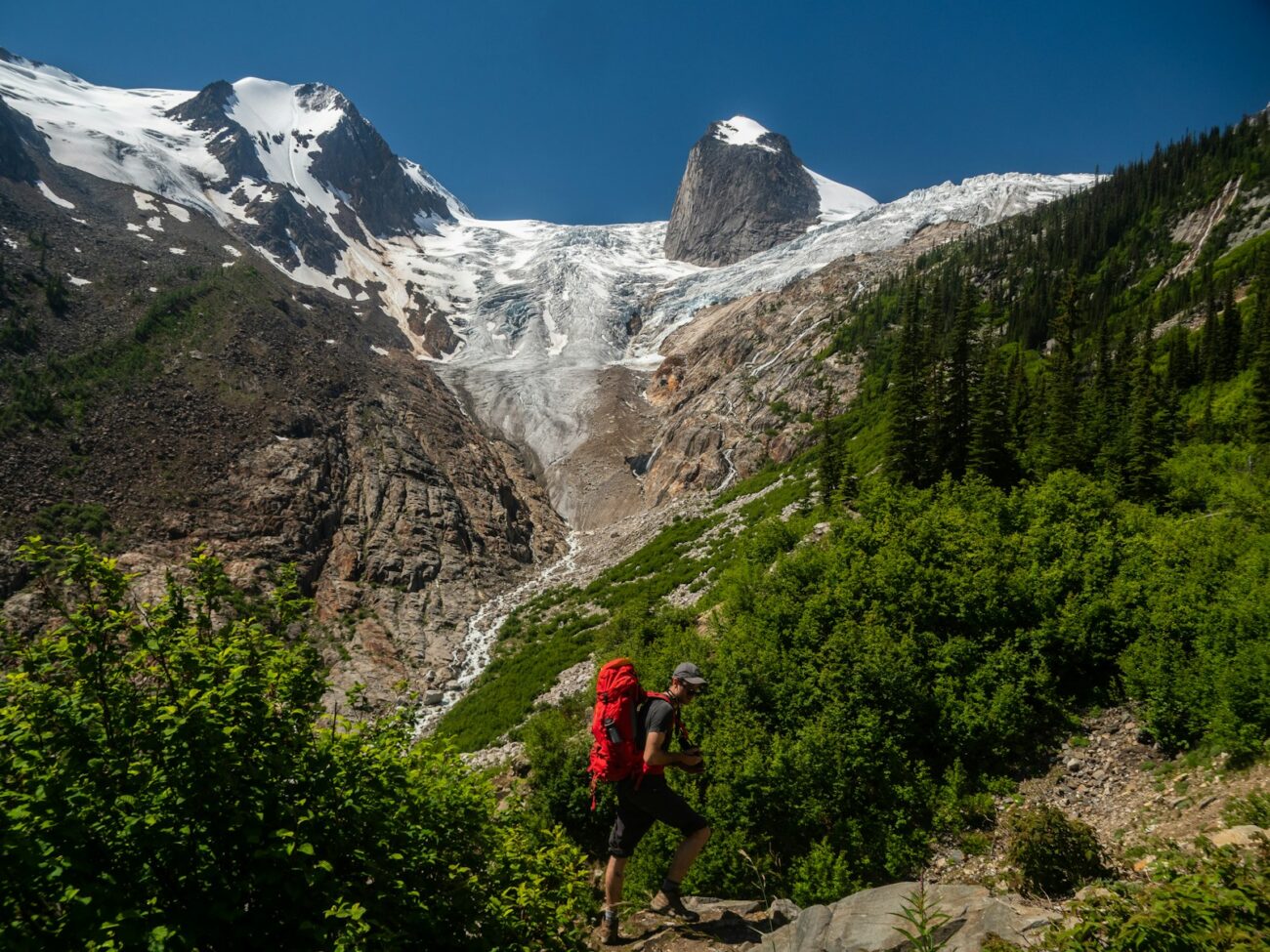America’s national trails system offers some of the most breathtaking outdoor experiences in the world, from the rugged Appalachian Trail to the majestic Pacific Crest Trail. However, with millions of hikers hitting these paths each year, proper trail etiquette has never been more important. Whether you’re a seasoned backpacker or planning your first day hike, understanding the unwritten rules of trail conduct helps preserve these natural treasures for future generations while ensuring everyone enjoys a positive experience. This guide will walk you through essential trail etiquette practices that balance respect for nature, consideration for fellow hikers, and safety for all trail users.
Understanding Right-of-Way Hierarchies
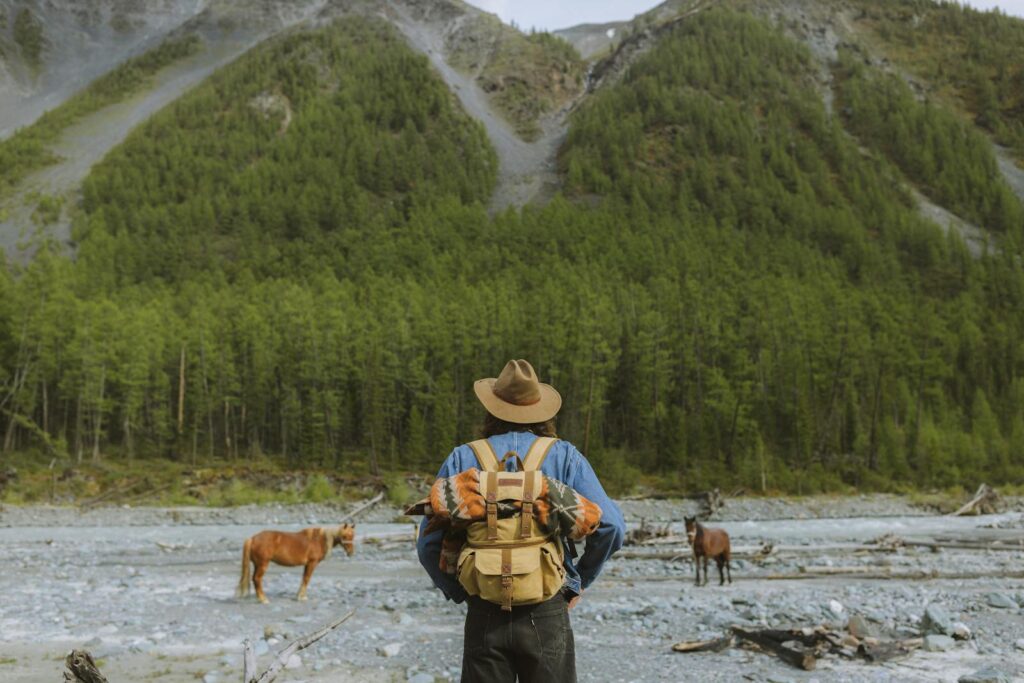
One of the most fundamental aspects of trail etiquette involves knowing who has the right of way when encountering other users. Generally, hikers traveling uphill have the right of way over those heading downhill, as maintaining momentum on an ascent requires more energy. When sharing trails with bikers, hikers typically have the right of way, but staying alert and communicating clearly benefits everyone. For equestrian encounters, horses always get priority – step to the downhill side of the trail and speak calmly to the rider so the horse knows you’re human. Understanding and respecting these hierarchies prevents confusion, reduces conflict, and keeps traffic flowing smoothly on busy trails.
Leave No Trace Principles
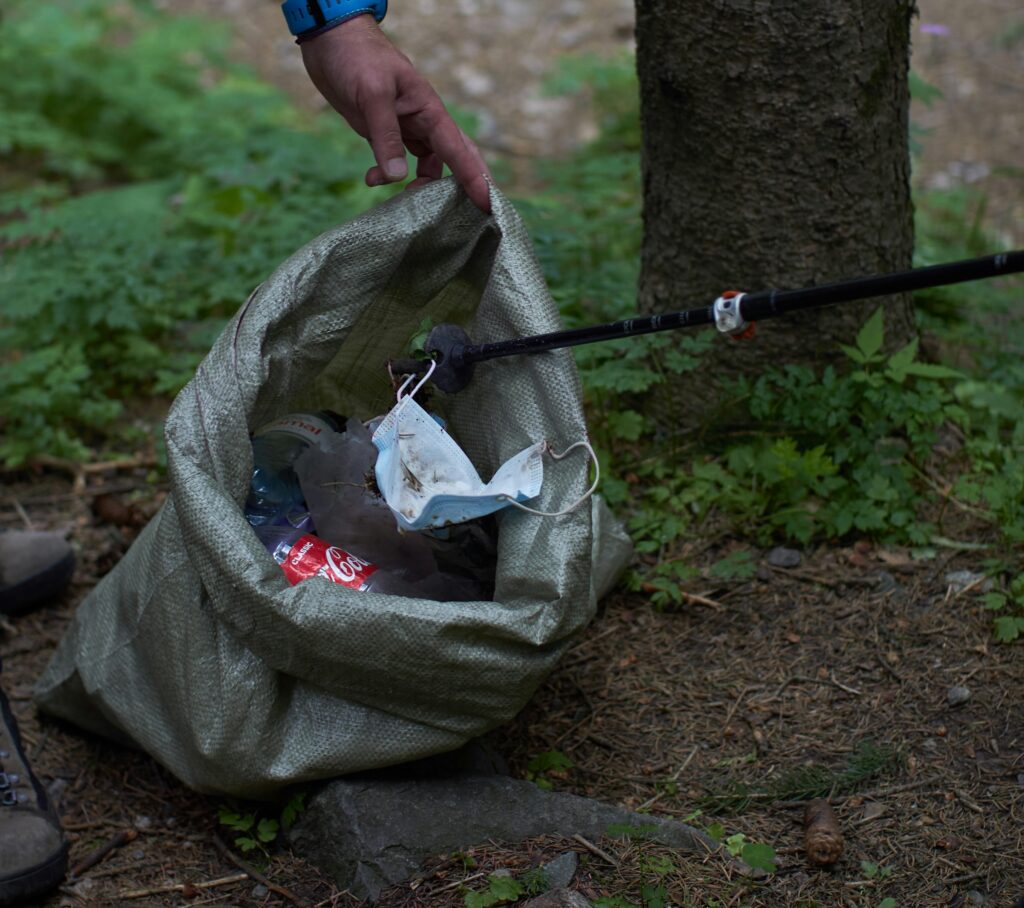
The seven Leave No Trace principles form the cornerstone of responsible hiking ethics on America’s trails. These guidelines include planning ahead and preparing, traveling and camping on durable surfaces, disposing of waste properly, leaving what you find, minimizing campfire impacts, respecting wildlife, and being considerate of other visitors. Practicing these principles means packing out all trash (including biodegradable items like orange peels and apple cores), staying on designated trails to prevent erosion, and resisting the urge to take natural souvenirs. The cumulative impact of millions of hikers makes adherence to these principles crucial for preserving trail ecosystems, especially in heavily trafficked areas like the John Muir Trail or popular sections of the Appalachian Trail.
Noise Management on the Trail
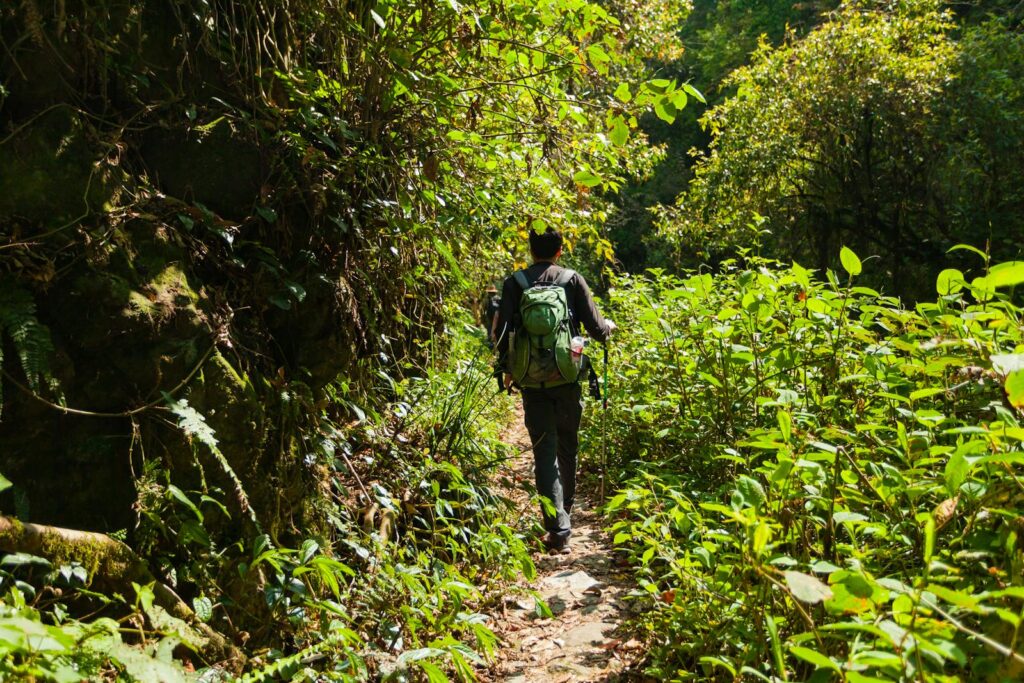
While trails are social spaces, excessive noise pollution disrupts wildlife and diminishes the wilderness experience for others seeking natural solitude. Keep conversations at a reasonable volume and be mindful that sounds carry much farther in open spaces and canyons than you might expect. If you enjoy music while hiking, use headphones rather than portable speakers, which force your musical preferences on everyone within earshot. Nature’s soundtrack—birds calling, wind through trees, rushing water—is what many hikers seek, and respecting this acoustic environment is an often overlooked aspect of trail courtesy. Morning and evening hours, when wildlife is most active and many photographers and nature enthusiasts are seeking peaceful experiences, deserve particular consideration.
Proper Trail Passing Protocol
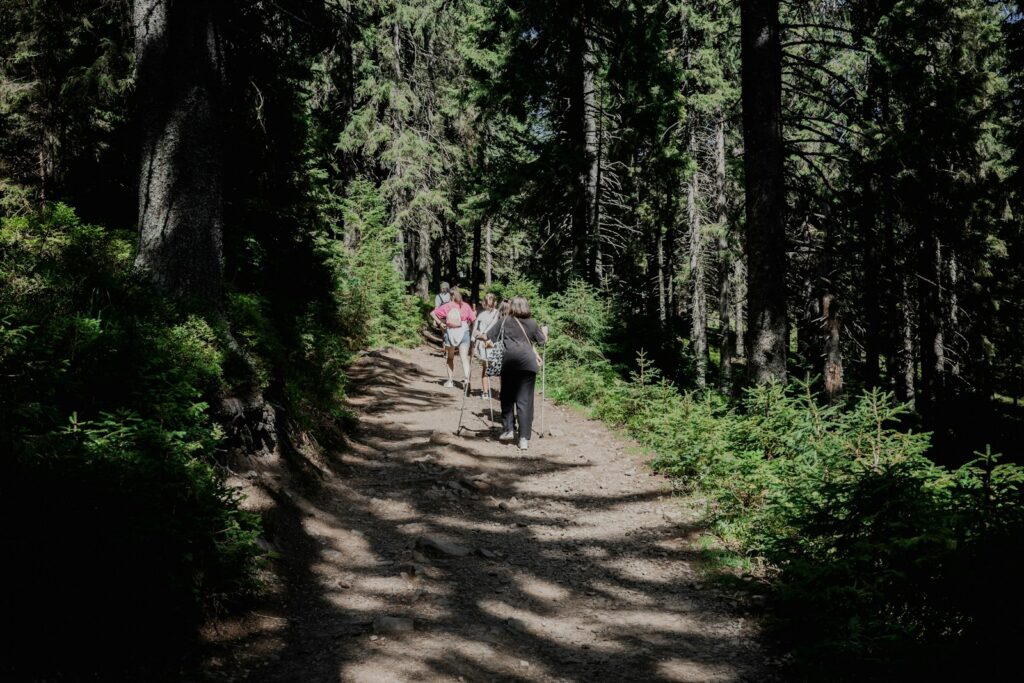
Passing other hikers requires a balance of communication and spatial awareness, especially on narrow trails. When approaching others from behind, a friendly “Excuse me” or “On your left” gives adequate notice without startling them. If you’re hiking in a group, switch to single-file formation when passing or being passed, rather than forcing others off the trail. During pandemic times, many trails adopted distancing protocols that remain good practice—step aside at wider sections of trail when possible to maintain comfortable spacing. Never pass on steep sections with drop-offs or in areas where going off-trail might damage sensitive vegetation or cause erosion.
Managing Group Hiking Dynamics
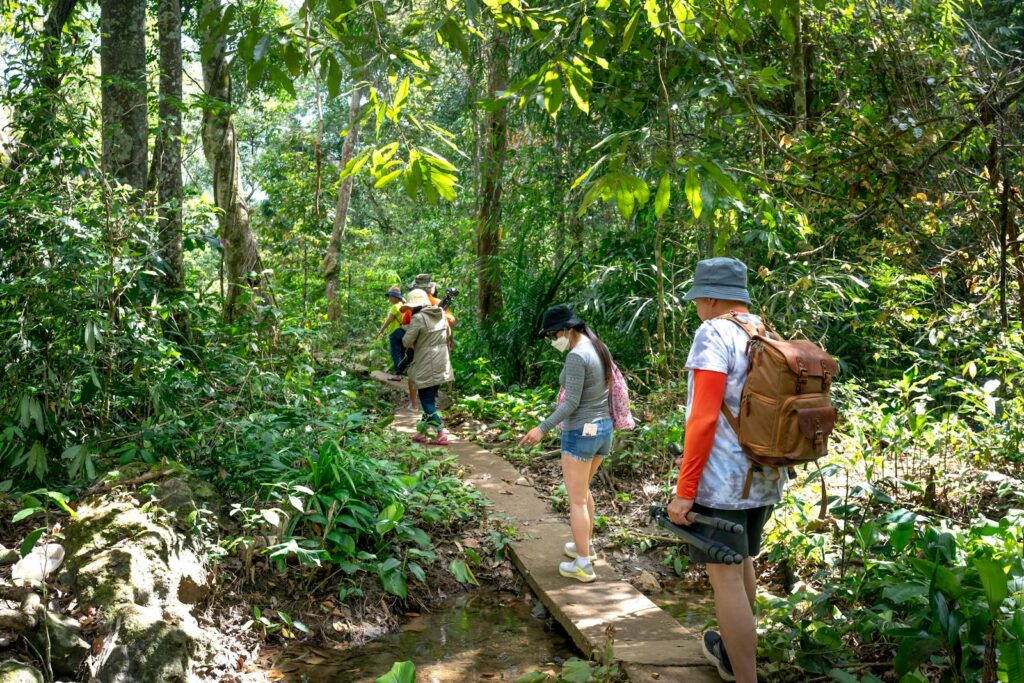
Hiking with friends multiplies the fun but also increases your collective impact on both the environment and other hikers’ experiences. Large groups should consider breaking into smaller subgroups of 4-6 people, traveling the same route but maintaining distance between clusters to avoid overwhelming the trail. Appoint a leader and sweep person to keep the group together without forcing faster hikers to constantly wait or slower hikers to exhaust themselves keeping up. Be especially mindful at viewpoints and rest areas, ensuring your group doesn’t monopolize prime spots like summits or waterfall views that others have also worked hard to reach. Remember that your collective volume increases exponentially with each additional person, so larger groups need to be especially conscious of noise levels.
Trail-Appropriate Pet Policies

Bringing four-legged companions on trails requires additional responsibility and awareness of both regulations and etiquette. Always keep dogs leashed on trails that require it, which is most national parks and many state parks. Even on leash-optional trails, maintain control of your pet and leash them when approaching other hikers, wildlife, or in ecologically sensitive areas. Always pack out pet waste in proper bags—leaving it beside the trail, even in biodegradable bags, is unacceptable and creates both visual pollution and health hazards. Be aware that not everyone is comfortable around dogs, and some hikers may have legitimate fears or allergies, so keep your pet close when passing others and ask before allowing your dog to approach strangers.
Digital Decorum: Photography and Technology
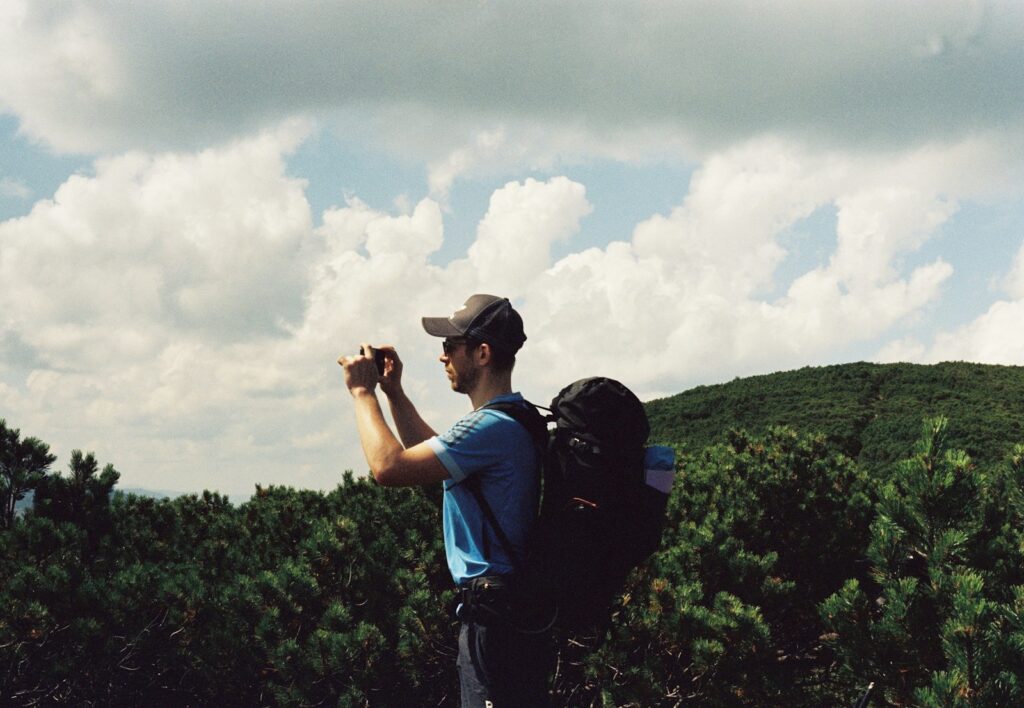
In our connected age, proper etiquette extends to how we use technology on the trails. When taking photographs, be mindful not to block narrow paths for extended periods or disturb wildlife for the perfect shot. If you’re capturing images that include other hikers, respect their privacy by asking permission, especially in recognizable close-ups. While documenting your adventure with GPS apps or checking digital maps is increasingly common, keep phone use discrete to preserve the wilderness atmosphere. If making emergency calls or checking important information, step off the trail when safe to do so, allowing others to pass while you handle your digital business.
Campsite Consideration and Backcountry Behavior
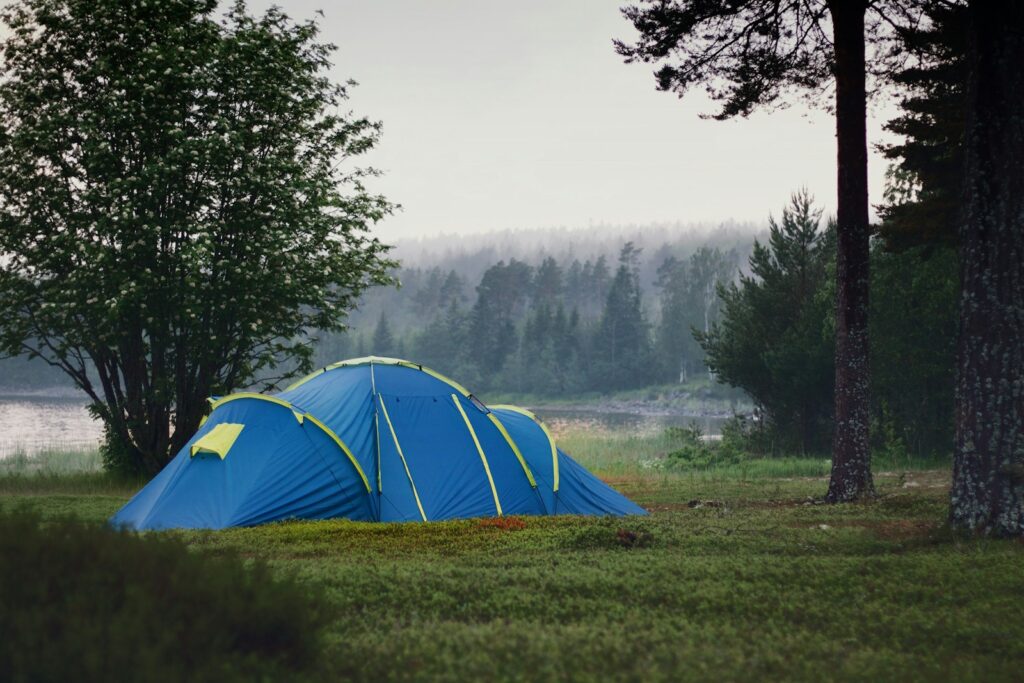
Overnight trips on America’s long-distance trails require additional etiquette awareness beyond day hiking norms. Select campsites that are either designated or follow dispersed camping regulations, typically at least 200 feet from water sources and trails. In popular areas, avoid claiming excessive space or the most prime locations early in the day when other backpackers may still be arriving. Quiet hours generally begin around 9 PM in backcountry areas, meaning conversations should be hushed and camp activities minimized. Morning routines should similarly respect those who might be sleeping in, with loud packing and cooking activities delayed until a reasonable hour when possible.
Water Source Stewardship
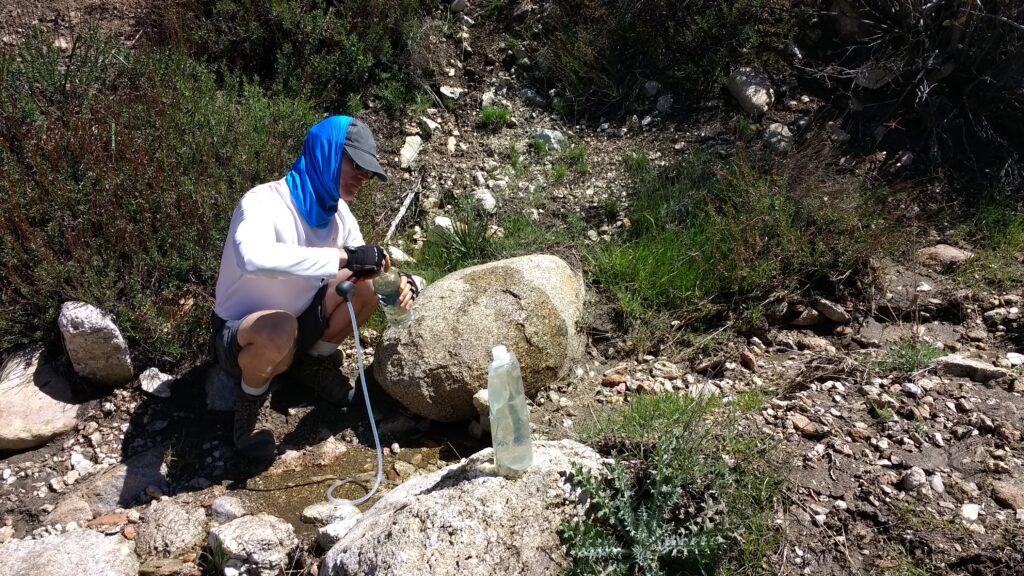
Water sources along trails serve both ecological functions and provide essential hydration for hikers, making their protection particularly important. When filtering or collecting water, do so downstream from where others might be gathering drinking water, and never introduce soaps, sunscreen, or other contaminants directly into natural water sources. Step carefully around stream edges and lake shores to prevent erosion and disturbing the delicate riparian ecosystems that support diverse wildlife. If nature calls while near water sources, maintain at least a 200-foot distance from the water before digging a cathole or using facilities. Remember that many hikers and wildlife depend on these same water sources, sometimes for days until the next reliable source is reached.
Navigating Cultural and Historical Sites
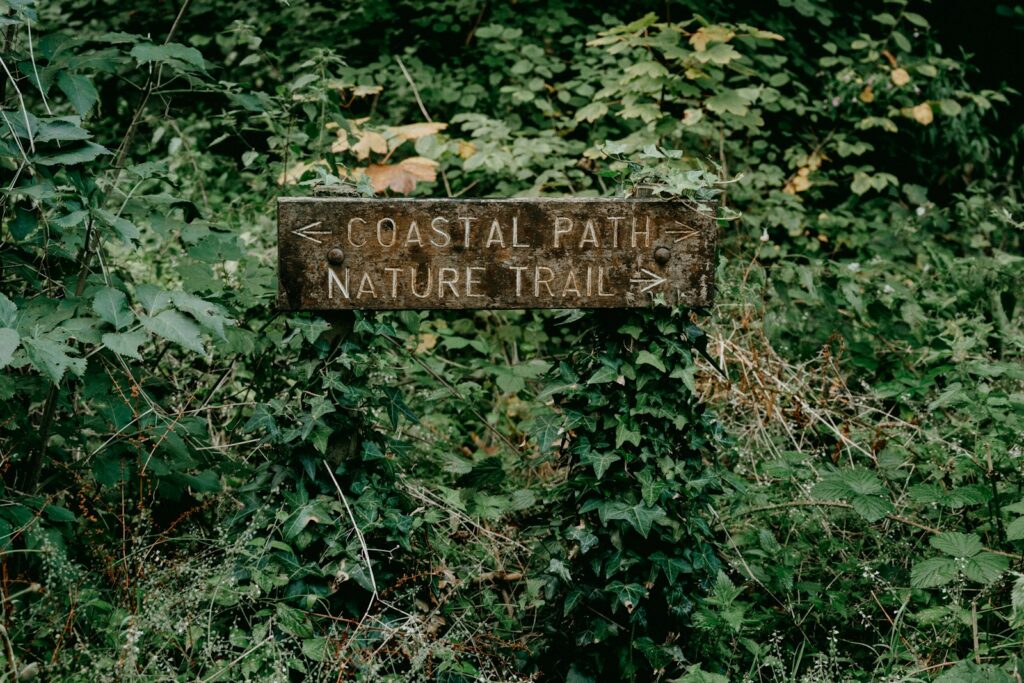
Many of America’s trails pass through areas of significant cultural or historical importance, including Native American sites, historical settlements, and protected landmarks. These locations require heightened sensitivity and specific etiquette considerations. Never touch, move, or take artifacts from archaeological sites—even moving stones in an ancient structure can destroy centuries of historical context and is often illegal. Stay on designated paths around these sites to prevent further erosion and damage to undiscovered artifacts. Maintain respectful noise levels at places of historical significance or spiritual importance to indigenous peoples, treating these locations with the same reverence you would a place of worship. Before visiting such areas, research any specific cultural protocols or restrictions that might apply to show proper respect.
Thru-Hiker and Day Hiker Interactions

America’s iconic long trails like the Pacific Crest Trail and Appalachian Trail create unique intersections between day hikers and thru-hikers on multi-month journeys. When encountering thru-hikers, understand they may be operating on different schedules and priorities than those out for the day. Respect camp areas specifically designated for long-distance hikers, particularly near road crossings where camping options may be limited. If engaging with thru-hikers, be mindful that while many enjoy sharing stories, others may be seeking solitude or need to make miles before weather changes. Day hikers should avoid overwhelming popular thru-hiking rest spots, especially during peak seasons when resources like water, shade, and camping areas may already be stretched thin.
Emergency Situation Protocol

Trail etiquette takes on critical importance during emergency situations, where clear communication and cooperation can make life-saving differences. If you encounter an injured hiker, stop and offer assistance, understanding that in remote areas, fellow hikers are often the first responders. Know when to wait with an injured person and when to continue for help, based on the severity of the situation and available communication options. If you need to leave your planned route due to emergency, try to inform any hiking partners or rangers of your changed plans to prevent unnecessary search and rescue operations. Always carry basic emergency supplies even on short hikes, as you may become an essential resource for others in distress, exemplifying the community-minded spirit that defines America’s hiking culture.
Seasonal and Regional Etiquette Variations
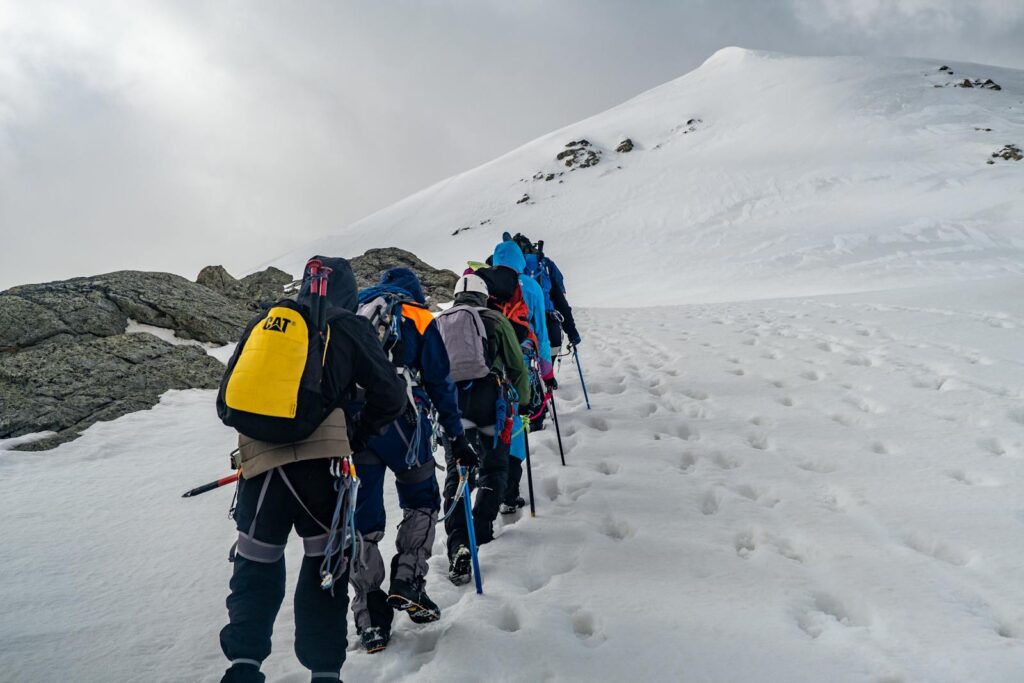
Trail etiquette necessarily adapts to seasonal conditions and regional differences across America’s diverse trail systems. In desert environments like those on the Arizona Trail, water source etiquette becomes critically important, while alpine areas on the Continental Divide Trail require special attention to fragile high-altitude vegetation. During spring wildflower seasons, staying strictly on trail protects delicate blooms that may take years to establish. Winter hiking brings additional considerations, such as yielding to cross-country skiers in groomed tracks and being careful not to posthole previously established snowshoe or ski trails. Understanding these regional and seasonal nuances demonstrates respect for local ecosystems and trail communities, making you a welcome visitor wherever your hiking boots take you.
Conclusion

The trails that crisscross America’s magnificent landscapes offer more than just recreation—they provide connections to nature, history, and community. Proper trail etiquette ensures these pathways remain sustainable resources that can be enjoyed by all. By following these guidelines, you become a steward of these natural treasures while creating more positive experiences for yourself and fellow outdoor enthusiasts. Remember that each respectful choice you make on the trail, from yielding appropriately to packing out trash, contributes to the preservation of America’s outdoor heritage for generations to come. Happy trails!

